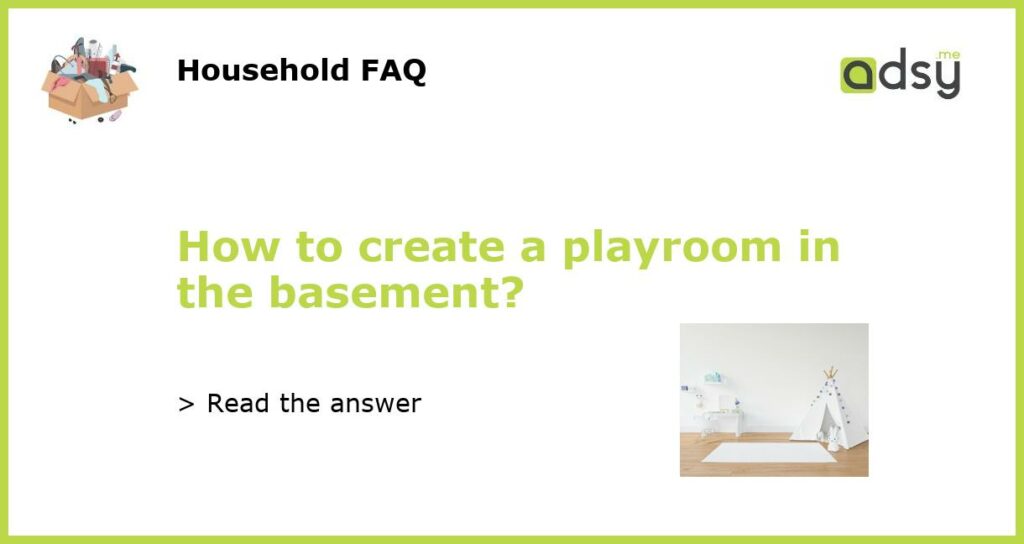Choose the right space in the basement
If you’re considering creating a playroom in your basement, the first step is to choose the right space. Look for an area that is large enough to accommodate all the play equipment and furniture you want to include. It should also have good natural light or the potential to add artificial lighting. Consider the height of the space as well – you don’t want it to feel cramped or claustrophobic.
Start with a clean slate
Before you begin transforming your basement into a playroom, make sure it is clean and free of any moisture or mold issues. Inspect the walls and floors for any signs of water damage, and address these issues before proceeding. This will ensure that your playroom is a safe and healthy environment for children.
Design for safety and functionality
When designing your basement playroom, it’s important to prioritize safety and functionality. Choose child-friendly flooring that is durable and easy to clean, such as rubber tiles or carpet tiles. Make sure all furniture and play equipment is securely anchored to the walls or floor to prevent tipping. Install safety gates or barriers to restrict access to any dangerous areas, such as stairs or utility areas.
Create different zones
A well-designed playroom should have different zones or areas for different activities. This will help keep the space organized and provide opportunities for children to engage in a variety of play. Consider creating a reading nook with a cozy chair or bean bags, a crafts and art area with a table and supplies, and a designated space for active play, such as a mini slide or climbing wall.
Add fun and functional storage
One of the biggest challenges in creating a playroom is managing the clutter of toys and games. To keep your playroom organized, invest in fun and functional storage solutions. Install shelves or cubbies for books and toys, and use labeled bins or baskets for smaller items. Consider incorporating storage solutions that are accessible for children, such as low shelves or clear bins, to encourage independence in tidying up.






